When the BBC’s Soutik Biswas and Antriksha Pathania published their recent essay, “Is India heading for a violent revolution?”, it fit neatly into a growing Western media pattern, a pattern of framing India’s democratic churn as chaos, its debates as divisions, and its dynamism as danger.
The article, like many of its kind, hints that India’s democracy is on the brink of implosion. It paints social unease and political contestation as precursors to revolt, as though a violent upheaval is inevitable in the world’s largest democracy.
That framing is not just wrong; it is insidious. It reflects a deep-seated discomfort with a confident, self-assertive India that refuses to conform to Western templates of political virtue or decline.
A Narrative Built on Pessimism
The BBC piece strings together selective anecdotes, protests, online polarisation, farmer movements, caste unrest, and implies that these add up to an approaching revolution. Yet in every thriving democracy, public contestation is not collapse; it’s participation.
In India, 900 million citizens vote across 28 states and 8 union territories. Governments rise and fall, courts strike down executive orders, media and civil society litigate policy, daily. This is not decay; this is democracy functioning at continental scale.
The idea that India is somehow a tinderbox waiting to ignite betrays both a misunderstanding and a subtle agenda: to portray India’s success story as brittle, to suggest that beneath the skyscrapers and space launches lies a volcano of discontent ready to explode.
Impact Shorts
More ShortsWhy a Counter-Narrative Is Necessary
This persistent Western gaze does more than misread facts, it shapes global opinion. By amplifying every protest as rebellion and every disagreement as doom, outlets like the BBC feed a caricature: that India’s democracy is fragile and authoritarianism inevitable.
This caricature conveniently ignores the resilience of Indian institutions:
The Judiciary, which has struck down electoral overreach and held the executive to account.
The Election Commission, which runs polls involving nearly one billion voters with precision that many Western nations would envy.
The Federal System, which ensures that opposition-ruled states have significant autonomy.
A Free Digital Public Square, where millions debate, criticise, and campaign every day, hardly the mark of a silenced society.
This counter OpEd is needed because the truth must reclaim the narrative: India is not sliding into revolution; it is evolving through reform and democratic negotiation.
India’s Youth: The Real Revolution
The real revolution in India is not violent; it’s visionary. It is being led by India’s youth and Gen Z, who are witnessing a transformation unprecedented in modern history.
They are watching their country emerge as a manufacturing powerhouse, a global digital payments leader, a hub of start-ups, and a space-faring nation with Chandrayaan and Gaganyaan missions. They see India lead climate initiatives, forge partnerships with the Global South, and assert itself on the world stage as an equal, not a junior partner.
This generation is not burning barricades; it’s building bridges, in code, commerce, culture, and creativity. The Western observer, accustomed to equating youth unrest with revolt, misses that India’s youth are patriotic reformers, not nihilists. Their rebellion is through innovation, not insurrection.
Why Western Narratives Keep Misfiring
The persistence of such alarmist pieces stems from three causes:
Template Thinking — Western analysts assume India must follow the same crisis arc as Latin American or post-colonial democracies.
Ideological Bias — India’s civilisational self-confidence challenges Western moral monopoly over “liberalism.”
Geopolitical Unease — A rising India disrupts the old order; thus, it must be narrated as unstable to justify continued paternalism or interference.
But this analysis misses the obvious: India’s institutions are adapting, not eroding. Its democracy has weathered wars, assassinations, economic shocks, and insurgencies, and yet, it continues to hold free and fair elections, change governments peacefully, and uphold pluralism.
The India Story: Evolution, Not Explosion
India’s transformation is noisy, complex, and self-driven, but it is not anarchic. The “revolution” underway is one of empowerment: digital inclusion, education, start-up mobility, and global ambition.
The young Indian voter isn’t dreaming of tearing down the Republic; they are dreaming of taking it global.
Those who predict collapse mistake confidence for arrogance and activism for anarchy. India doesn’t need saving. It needs fair reportage.
Setting the Record Straight
Journalists like Soutik Biswas and Antriksha Pathania have every right to critique India, after all criticism strengthens democracy. But when critique morphs into prophecy of doom, it ceases to inform and starts to mislead.
India’s democracy is not perfect, but it is proven. Its people are not restive, they are resilient. Its system is not cracking, it is consolidating.
The truth, uncomfortable to those who want perpetual turmoil, is simple: India’s democracy stands tall, and its youth are its strongest foundation.
The writer is a journalist. Views expressed in the above piece are personal and solely those of the author. They do not necessarily reflect Firstpost’s views.


)
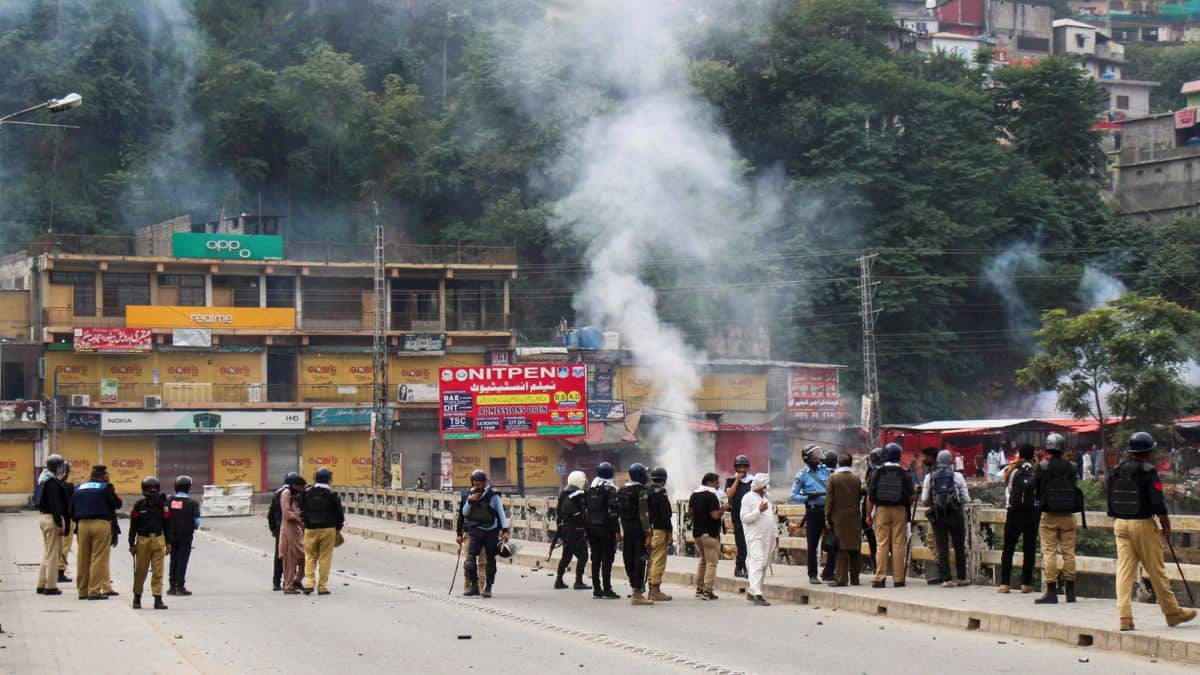
)
)
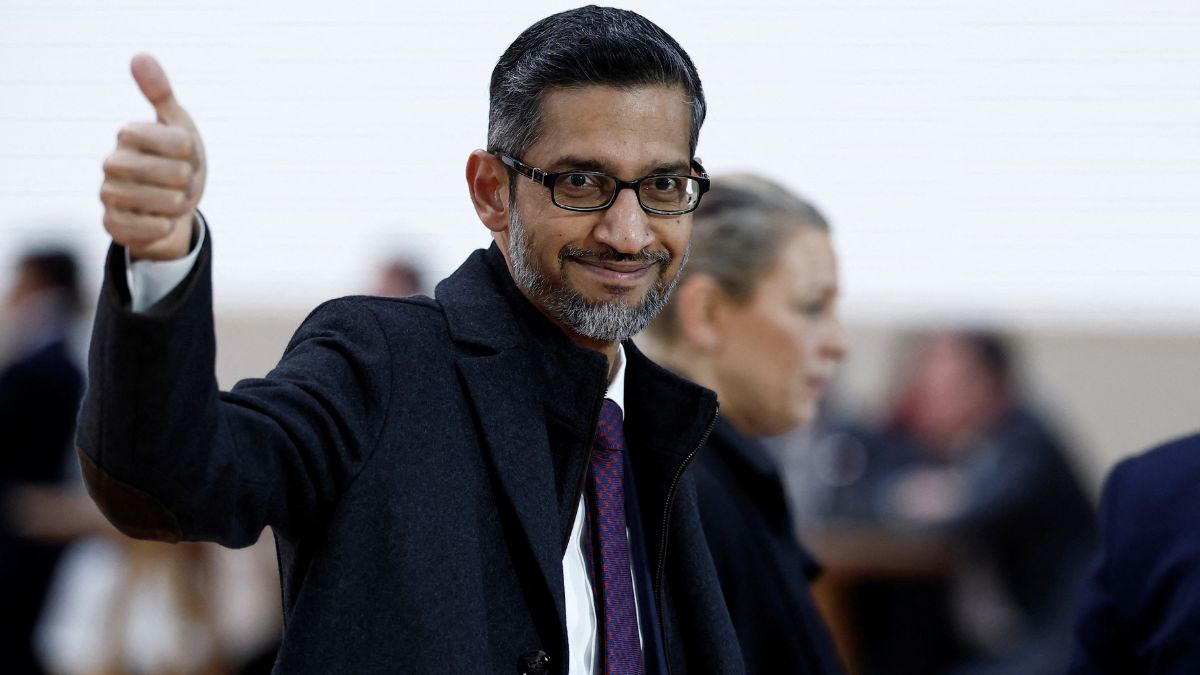)
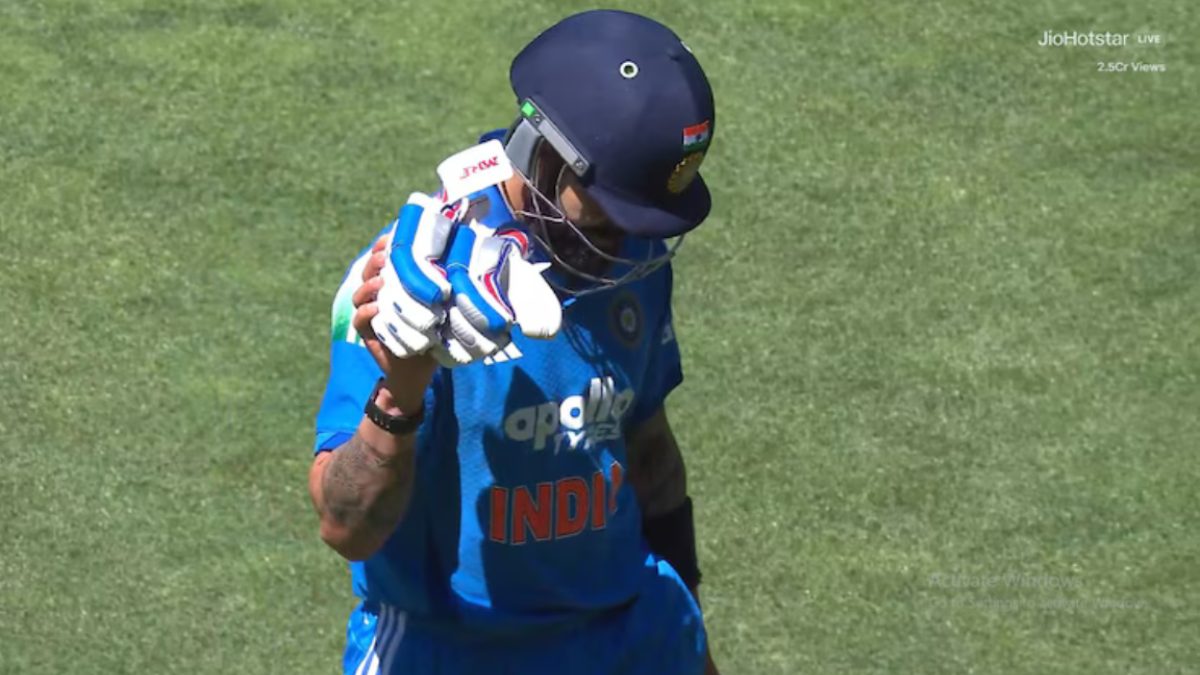)
)
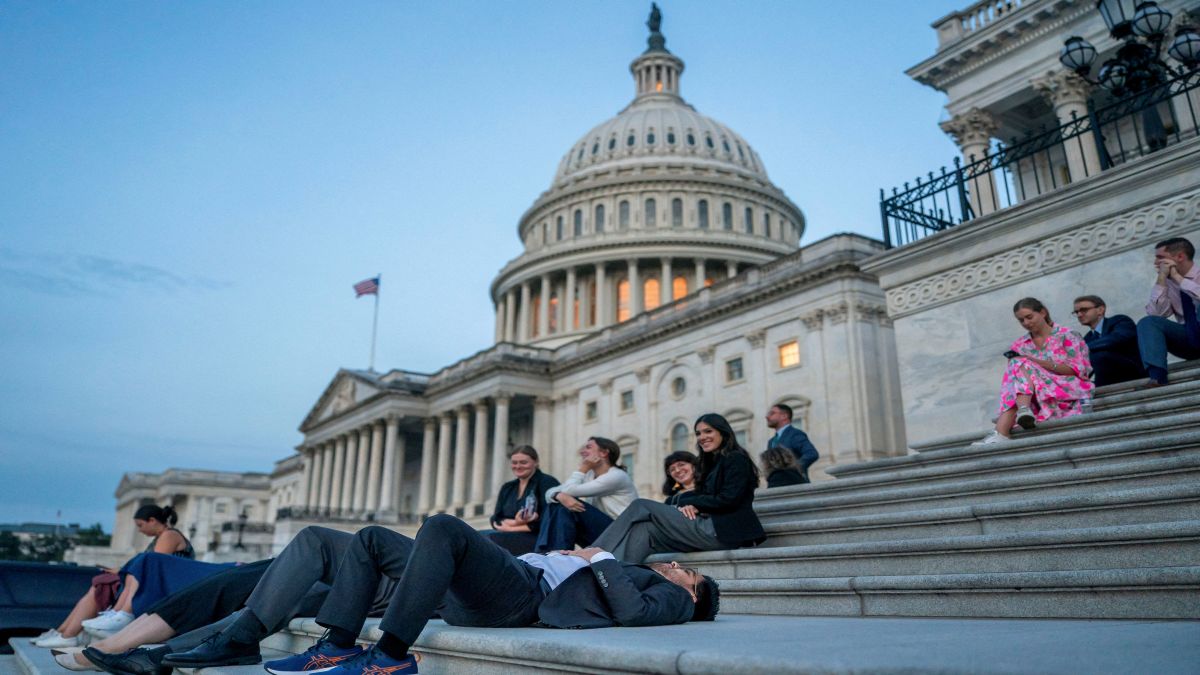)
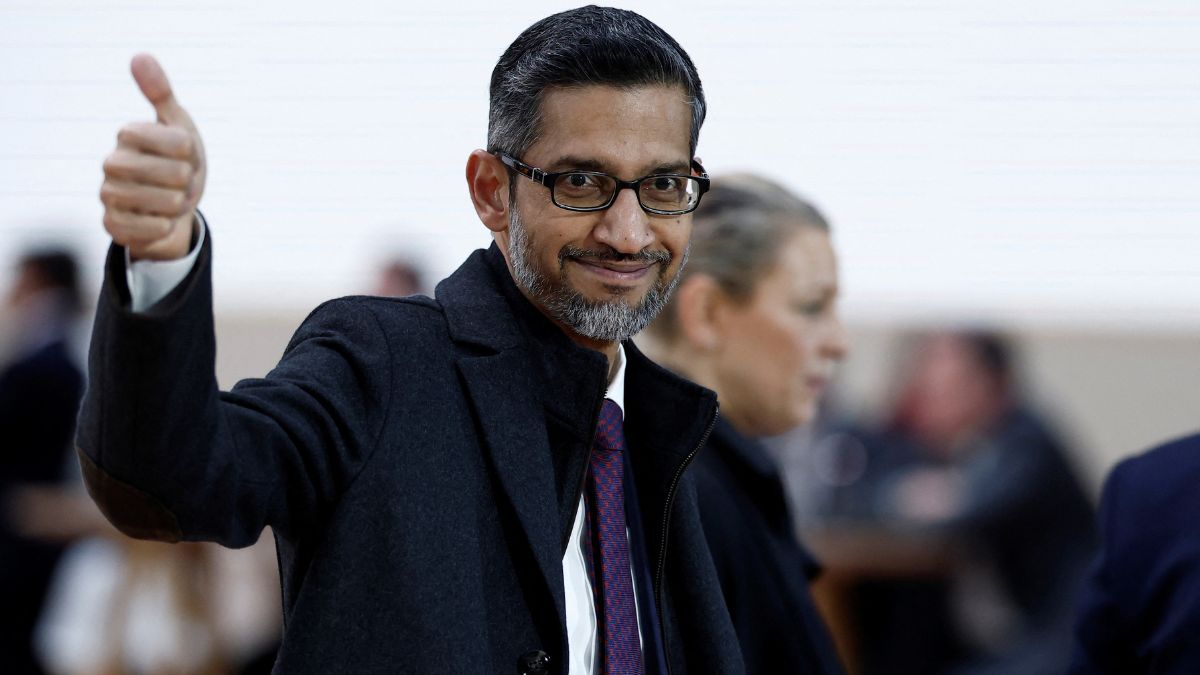)
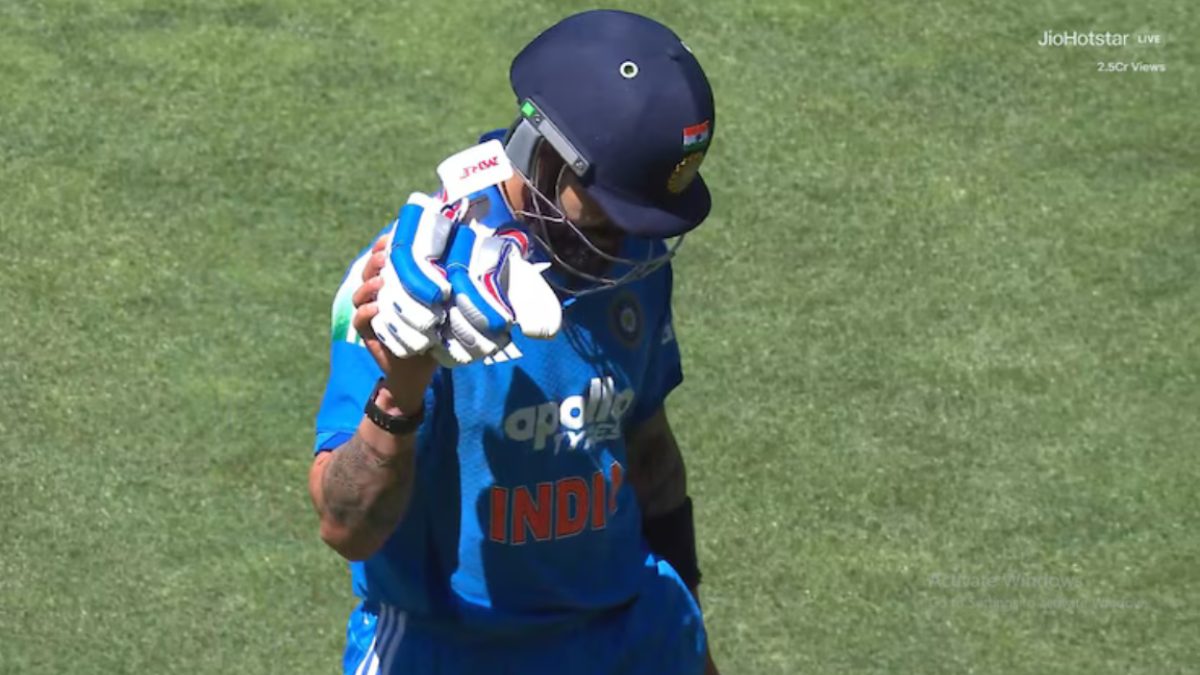)



